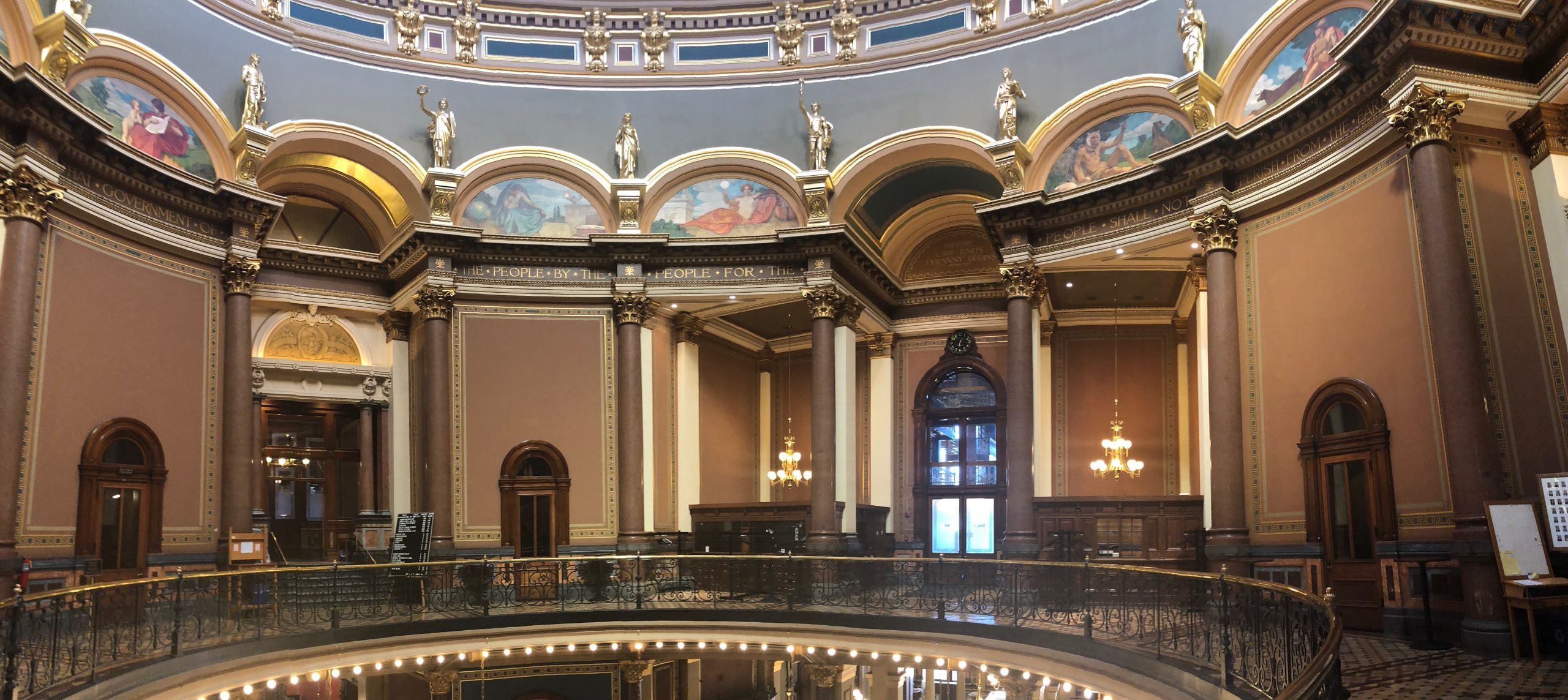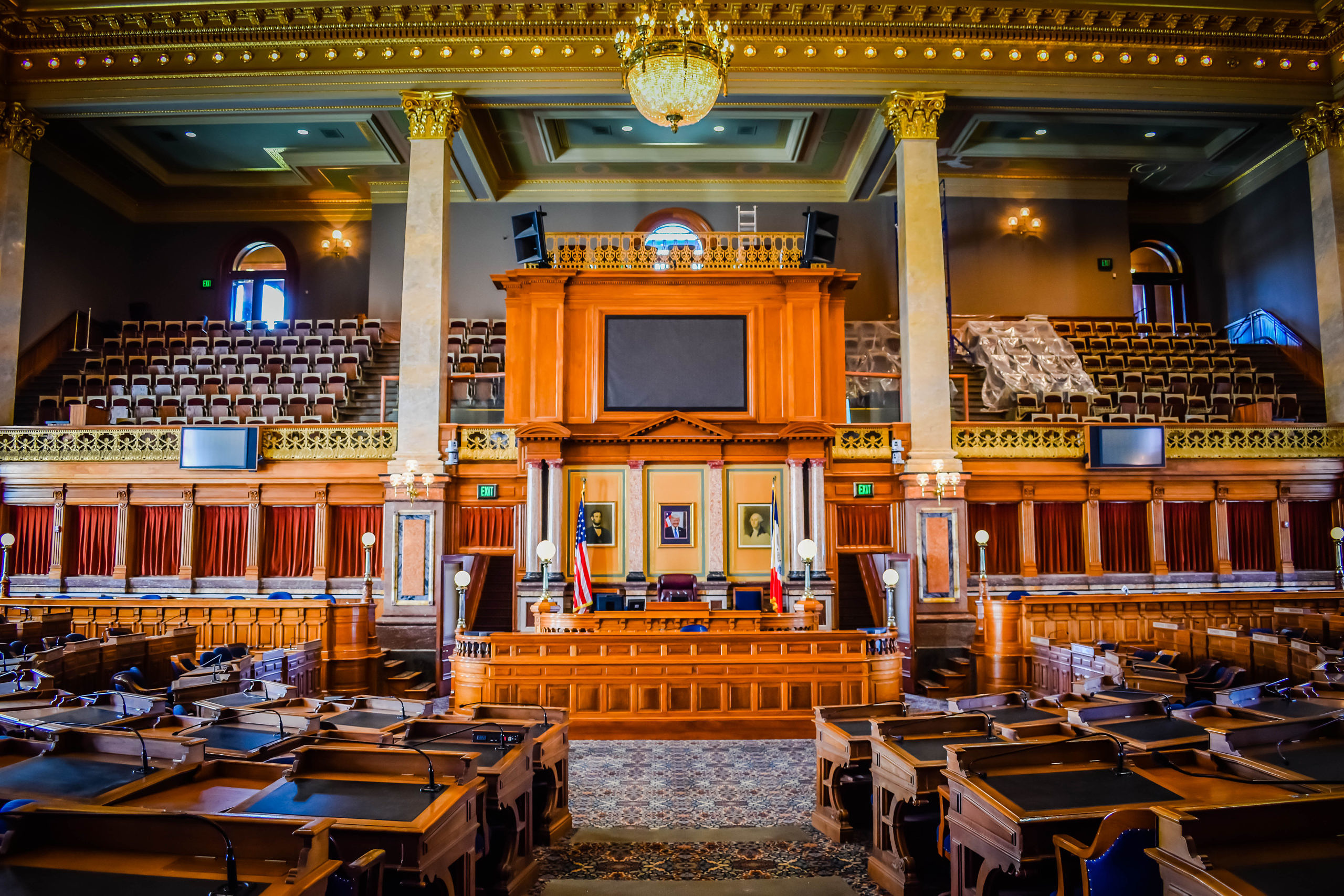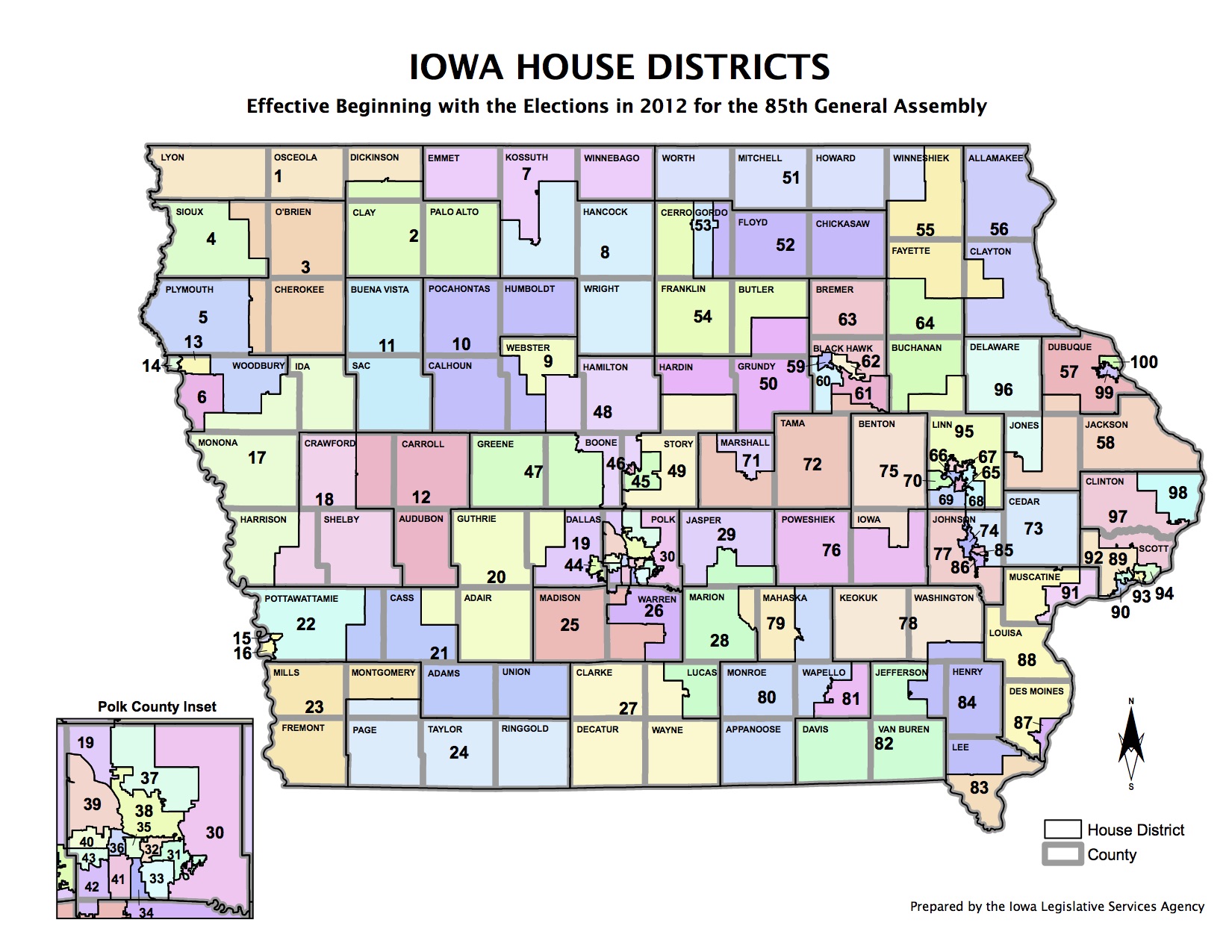Politics watchers from around the country are watching Iowa’s U.S. Senate race today, but arguably the battle for the Iowa House is more important for our state’s future. Democrats need a net gain of four seats for a majority or three seats for a 50-50 chamber that would block the worst excesses of the Republican trifecta.
The 2020 playing field is even larger than usual, in part because Democrats finally have the resources to compete with Republicans in the battleground House districts.
I enclose below a brief final look at each House district, with the latest voter registration figures (as of November 2), absentee ballot totals (as of November 3), campaign spending by both parties, and recent voting history. This post from early October has more background on each campaign, which influenced my ratings.
Democrats have good prospects to win control of the chamber, with many potential targets. If Republicans cling to a majority, it will probably be with only 51 seats.



